Natural Dyeing: The Colour Wheel
One of the most wonderful things about working with natural dyes is learning about colour first hand. I am quite fortunate to be surrounded by colour in my work through dyes, powders, swatches and textiles. These parts that make up the picture of my work also feed and nourishes my soul. I don’t know much about the psychology of colour but I know what colours I am attracted to and I feel the effects they have on my senses.
Colour is an incredible way in which we experience the world & working with natural dyes is another enjoyable way to access the world of colour. Since the attribution of the first colour wheel to Sir Isaac Newton, we have been learning about colour theory & psychology. The German poet Goethe, was one of the first to share his studies on the psychological impact of different colours on mood and emotion.
The amazing thing about plant dyes is that some colours you could guess but not all colours are obvious, like avocados for examples, would you ever have guessed that such soft shades of pink laid dormant in the seed of such fruit? Or the most incredible blues that come from the green leaves of the Indigo plant? Others are more obvious like dandelion & daffodil flowers which you probably guessed right, give yellows.
One of the most common questions I often get asked is “what plants give what colours”? Or “what can I grow to get specific colours”? We are all drawn to certain colours, which can be reflected in our wardrobes or interiors & this is no different when it comes to dyeing with plants.
Based on the basic colour wheel I have put together a list of the plants you can dye with to get a spectrum of colours naturally. This is by no means an extensive or exhausted list as I am constantly learning. Interestingly some shades, like green, are difficult to get straight out of the dye pot and have to be achieved by modifying a yellow with a metal salt such as copper or iron. So without further adieu, what plant give what colours?
RED/PINKS: Some Lichen, Madder, Brazilwood, Safflower, Ladies Bedstraw, Cochineal, Avocado, Hibiscus, Pear Bark, Elm Bark
ORANGE: Coreopsis, Cutch, Annatto, Coreopsis Flowers, Eucalyptus Leaves, Rhubarb Roots, Madder Roots,
YELLOW/GOLD: Weld, St.Johns Wort, Chamomile, Pomegranate, Fustic, Goldenrod, Weld, Yellow Onion Skins, Buckthorn Berry, Gorse flowers, Marigold, Heather, Safflower, Coreopsis Flowers, Yellow Cosmos, Hawthorn, Dahlia Flowers, Daffodil Flowers, Sumac Leaves, Dock Leaves, Tansy Flowers & plant tops, Dandelion Flowers & leaves
GREEN: Yarrow Tops, Alder, Birch, Dyer’s Chamomile, Rosemary, Olive, St.Johns Wort, Fustic, Goldenrod, Weld, Rhubarb root, Saffron, Marigold, Heather, Safflower, Coreopsis, Hawthorn, Dahlia Leaves & Stems, Ivy Leaves, Dock Leaves, Comfrey, Tansy Flowers & plant tops, Nettle
BLUE: Indigo, Woad
VIOLET: Logwood, Dyer’s Alkanet, Hibiscus Flowers, Some Lichen, Dark Flowers of Hollyhock, Elderberry, Blackthorn Fruits, Mahonia Berries, BlackBerries
Perhaps you might want to take a walk around your neighbourhood and see if you can spot any of the plants mentioned above. Your neighbour might even be kind enough to let you take some to experiment with!





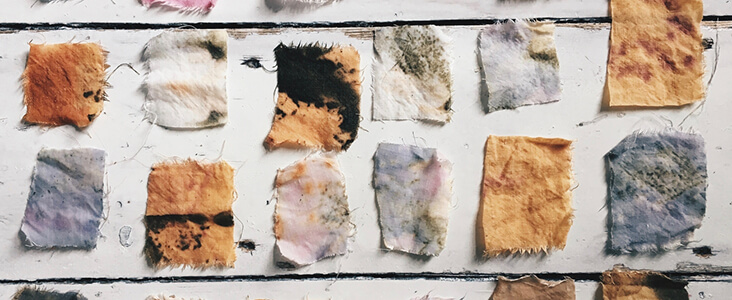
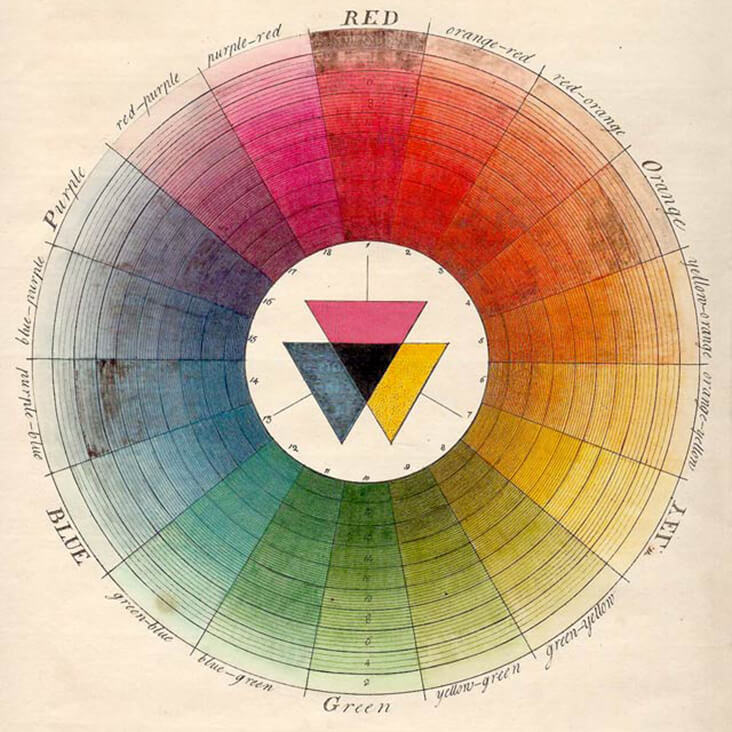
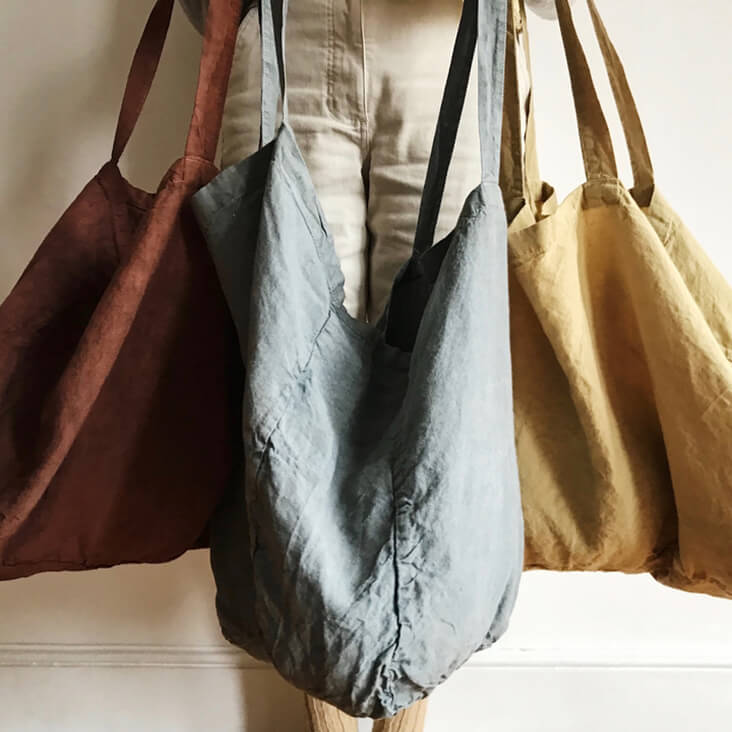
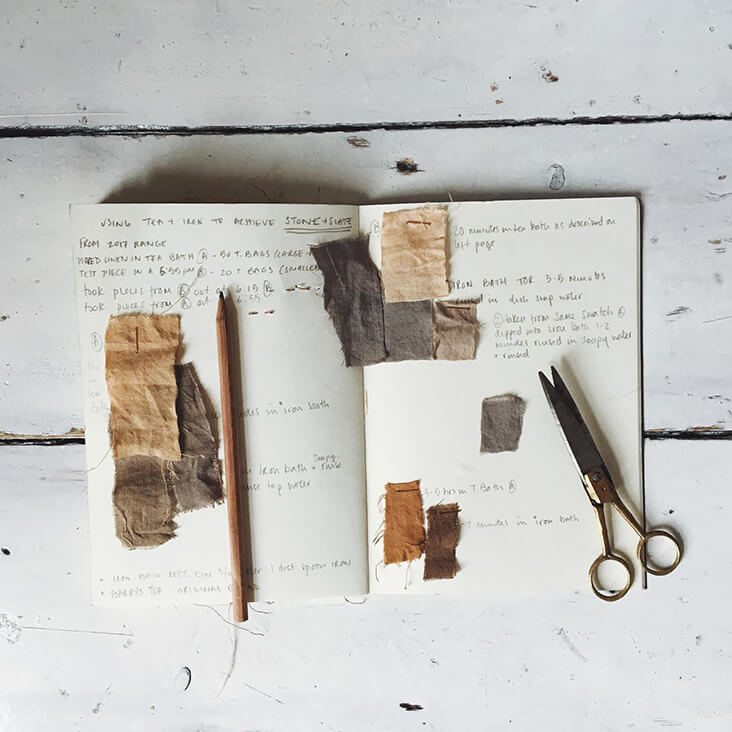








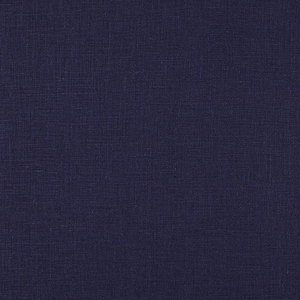





















Leave a comment